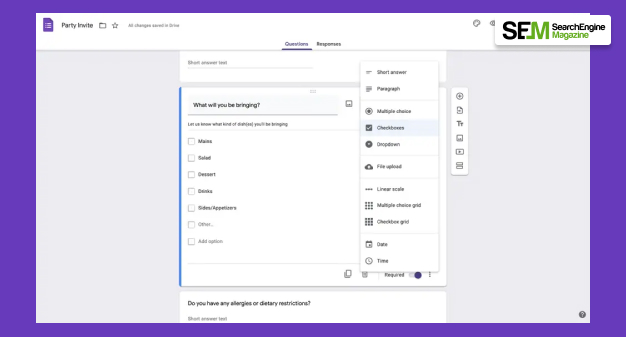Is Drupal the right CMS for your B2B website? Here’s how to decide
Jun 23, 2025

Jun 23, 2025

Jun 23, 2025

Jun 22, 2025

Jun 20, 2025

Jun 20, 2025

Jun 19, 2025

Jun 18, 2025

Jun 18, 2025
Sorry, but nothing matched your search "". Please try again with some different keywords.

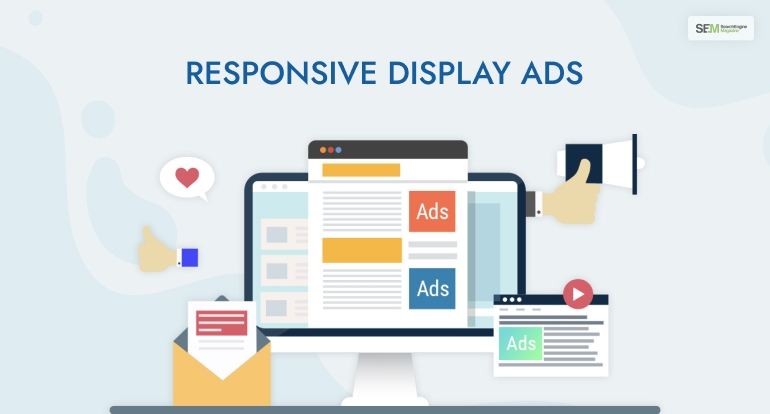
Question: When Should You Use Responsive Display Ads?
Answer: When your primary goal is performance.
As business owners and marketers, it is a tough decision to make when to invest in certain creative marketing aspects. You can easily go over your budget for marketing.
When it comes to digital marketing and google display ads, it is even easier to go overboard with your budget. So it is very critical to know when should you use responsive display ads.
But before you know when to use responsive display ads, you should know what responsive ads are. Responsive display ads is capable to upload all kinds of assets for the marketeer. Like videos, images, logos, headlines, and even descriptions.
Google arranges all these assets automatically for campaigns on your websites, youtube apps, and also on Gmail.
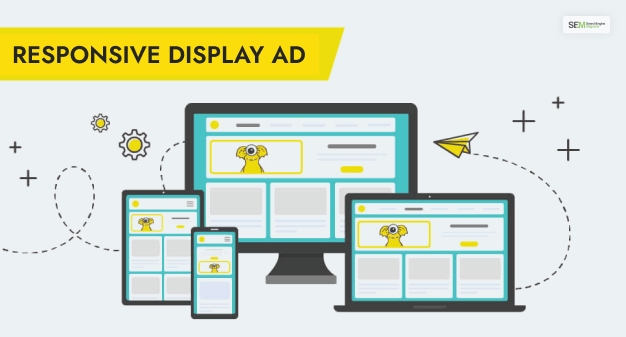
Responsive ads are created by Google display ads automatically, based on the information provided by you. You can provide the ad descriptions, headlines, and even the images for the campaign.
Through the information that you have given, Google combines a lot of variations of the ad through machine learning tools. Then selects the one that performs the best.

Among all the benefits that Responsive Display Ads have, the main one of them is the fact that it reaches a larger amount of audience. A few of the other benefits of responsive display ads are as such.
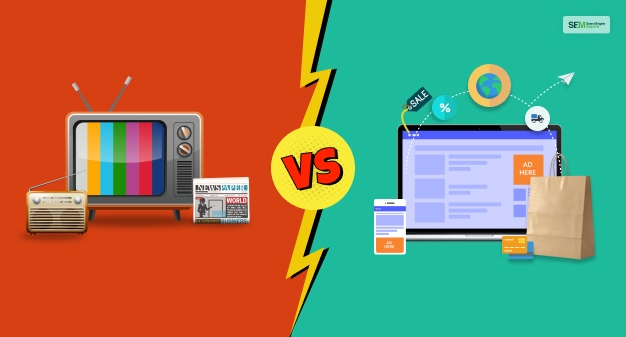
It has been noticed that Google is gradually replacing all the traditional ads with responsive ads for the google ad network. Other than ad performance optimization, this is what allows Google, filling the Display Network as much as possible.
The key difference between traditional ads and responsive display ads is that RDA’s are not time-consuming and manual, as traditional ones.

If you are thinking of using responsive display ads, then you should know when to use these responsive ads. You should know that using responsive display ads depends upon your digital marketing goals.
If your digital objective is to increase the number of your audience, then you can adjust your ad accordingly. Well on the other hand, when your digital marketing objective is to create a more target audience base, RDA is not worthwhile.
If your objectives align with the objectives of responsible display ads, then you can use it at any step in the marketing funnel. RDA can be used to reach a more targeted audience base which is prospective in the effort.
Even you can use these responsive ads can be used to campaign to the previous visitors to draw them to their website.
If you ask me that, when should you use responsive display ads certification? Then you should use it when you during your branding requirement. You can even upload it on your ad.
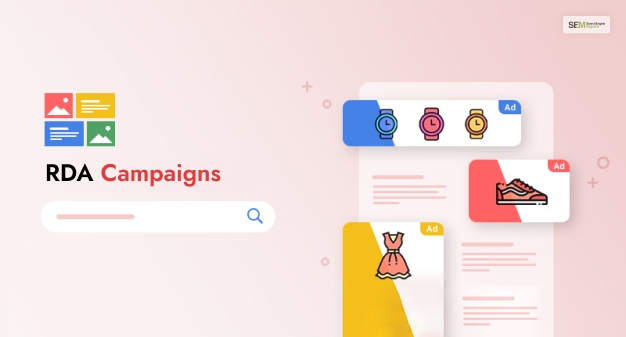
Images are very important when you are preparing a responsive display ad. The images should be self-explanatory and simple to look at. Either your campaign can include your company logo.
With the importance of images, you also need to add more than one headline. Responsive ads let you add up to 5 headlines and along with that 5 descriptions.
If you ask me, the reason why you should responsive display ads is that they are a great way to market your small business. These companies don’t have the resources to opt for the traditional display ads.
For the display ads that are responsive, you need to have images of various sizes and shapes.
The responsive display ads usually use all your creative assets by their size, appearance, and shape. You can adjust your campaign to your liking.
Google also automatically adjust your campaign by combining various different option to make your campaign look the best.
Since Google creates these campaigns automatically, hence your responsive ad campaign will look the same as any other companies. This is the biggest disadvantage of these responsive display ads.
Responsive display ads use the tool machine learning, to combine all the assets the advertisers have. It then combines all the assets into its best versions to create an ad campaign.
Responsive display ads are a huge asset for digital marketing and marketing campaigns. With the use of these responsive ads, you can optimize these ads.
These display ads help you a lot with increasing your audience reach. You can use videos for responsive ads to make your digital ads more creative and attractive.
If you are using responsive display ads, it saves a lot of time for you. Google ads take care of your campaign on its own.
This saves a lot of your time and energy in creating these ad campaigns. So now you know when should you use responsive display ads are also important.
Read Also:
Nabamita Sinha loves to write about lifestyle and pop-culture. In her free time, she loves to watch movies and TV series and experiment with food. Her favorite niche topics are fashion, lifestyle, travel, and gossip content. Her style of writing is creative and quirky.
View all Posts
Is Drupal the right CMS for your B2B website?...
Jun 23, 2025
How To Get Yellow Heart Snapchat Emojis? A Co...
Jun 23, 2025
150+ Video Submission Sites To Work With In 2...
Jun 22, 2025
What Are The Best Shopify Alternatives In 202...
Jun 20, 2025
What Is The Primary Advantage Of Using Genera...
Jun 20, 2025